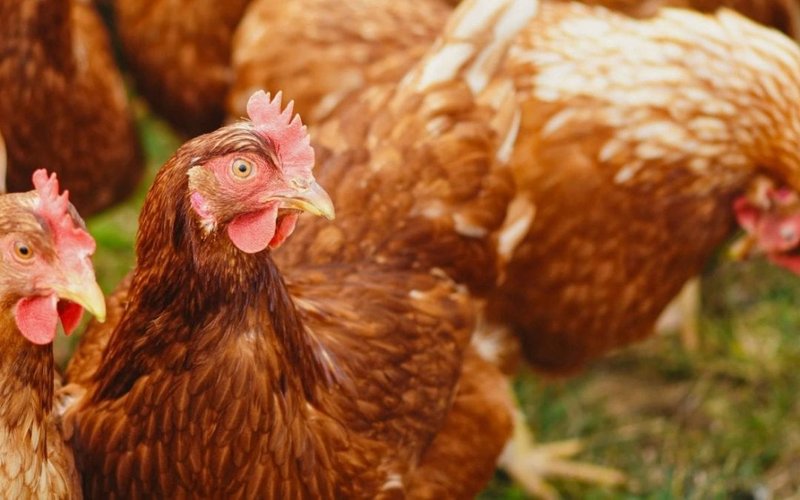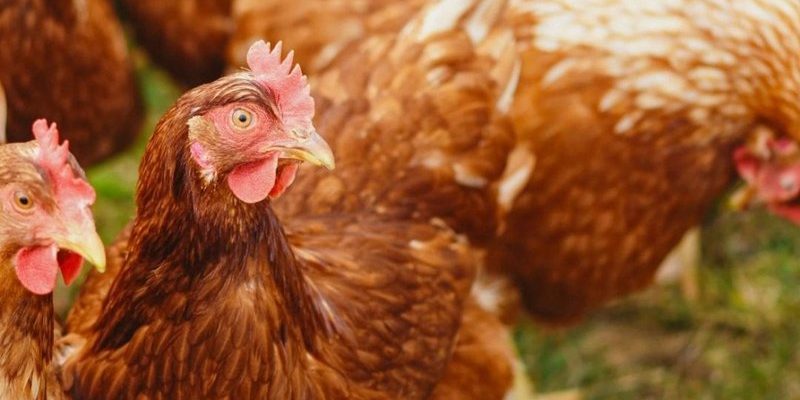
Imagine this: instead of reaching for chemicals or poisons to tackle your grub worm problem, you could invite a flock of chickens to do the work for you. Chickens are natural foragers, and they love to dig into the soil, snacking on those sneaky larvae. It’s a win-win situation! You get healthier plants, and your chickens enjoy a nutritious diet. So, how exactly do you use chickens to control grub worm populations? Let’s break it down.
Understanding Grub Worms
Before we dive into chicken tactics, it’s essential to grasp what we’re up against. Grub worms are the larvae of various beetles, like Japanese beetles or June bugs. These little pests live underground, munching on the roots of your beloved plants. You might notice something is up when patches of grass or plants start wilting or turning brown.
Grubs thrive in moist soil, and they’re most active in warmer months. As they feast on roots, they can ruin not just your garden but also your lawn. And let’s face it, nobody wants a patchy yard or droopy flowers. But don’t fret; with the right approach, chickens can help turn this situation around.
How Chickens Help Control Grub Worms
Now that we know our enemy, let’s talk about the hero of our story: chickens! These quirky birds are more than just egg-laying machines; they actually have a talent for pest control. When you allow chickens to roam freely or set them on a designated area, their natural instincts kick in. Chickens scratch at the ground looking for food, and that includes grubs!
Chickens have a keen sense of smell, which helps them locate grubs hiding in the soil. Their scratching not only exposes the grubs but also aerates the soil, promoting healthier plant growth. Additionally, chickens will eat other pests like grasshoppers and beetles, offering an all-around pest management solution. So, while they’re enjoying a little snack, you’re also protecting your plants.
Creating a Chicken-Friendly Environment
For chickens to effectively control grub populations, you need a safe and welcoming environment for them. First, make sure they have enough space to roam. Chickens can cover a lot of ground, so an area of at least 100 square feet per bird is ideal. This gives them room to forage and keeps them healthy and happy.
You can also set up a chicken coop nearby for shelter at night. A well-ventilated coop will keep your chickens safe from predators and harsh weather. Just ensure it’s secure and provides enough space for your flock to rest comfortably. Lastly, consider rotating your chickens through different sections of your garden. This way, they can target specific areas while allowing other spots to recover.
Best Practices for Using Chickens in Your Garden
To maximize the effectiveness of your chickens in controlling grubs, here are some best practices to follow:
- Timing is key: Introduce chickens to your garden during the grub’s active season, which is typically late spring and early summer.
- Limit foraging time: Don’t let them forage in the same area for too long. A few hours a day can make a difference without damaging your plants.
- Monitor their diet: While they love grubs, chickens should have a balanced diet that includes grains and greens for optimum health.
- Watch for signs: Keep an eye on your garden for grubs even after introducing the chickens. If they come back, it might be time to rotate your flock to a new area.
By following these practices, you can make sure your feathered friends are doing their job while keeping your garden thriving.
Potential Challenges and Solutions
While using chickens to control grub worm populations can be beneficial, there are some challenges to keep in mind. Chickens are curious creatures, and they may be tempted to nibble on your plants as well. To prevent this, consider setting up barriers or fencing around delicate plants while allowing access to areas that need grub control.
Another challenge might be not seeing immediate results. Chickens are not a quick-fix solution; it can take time for them to effectively reduce grub populations. Here’s the thing: persistence is key. Monitor your garden regularly and give the chickens enough time to do their magic.
Lastly, be aware of local regulations regarding keeping chickens. Some places have specific rules, and being informed will keep you on the right side of local laws.
Comparing Chickens to Other Pest Control Methods
You might be wondering how using chickens stacks up against other pest control methods. Here’s a quick comparison of options you may consider:
| Method | Effectiveness | Environmental Impact | Cost |
| Chickens | High | Low | Moderate (initial investment for birds and coop) |
| Pesticides | Very High | High (chemical run-off) | Low (but recurring cost for application) |
| Beneficial Nematodes | High | Low | Moderate (cost of nematodes) |
As you can see, chickens offer a great balance of effectiveness, low environmental impact, and moderate cost when it comes to controlling grub worms. Plus, you get the added bonus of fresh eggs!
Final Thoughts on Using Chickens for Grub Control
Utilizing chickens to control grub worm populations is a natural and sustainable approach that not only helps your garden thrive but also provides a home for these delightful birds. By creating a safe environment and following best practices, you can integrate chickens into your gardening routine effectively!
So, next time you’re facing a grub worm invasion, consider letting your chickens do the dirty work. With their help, you can reclaim your garden while fostering a happy flock. Happy gardening!

